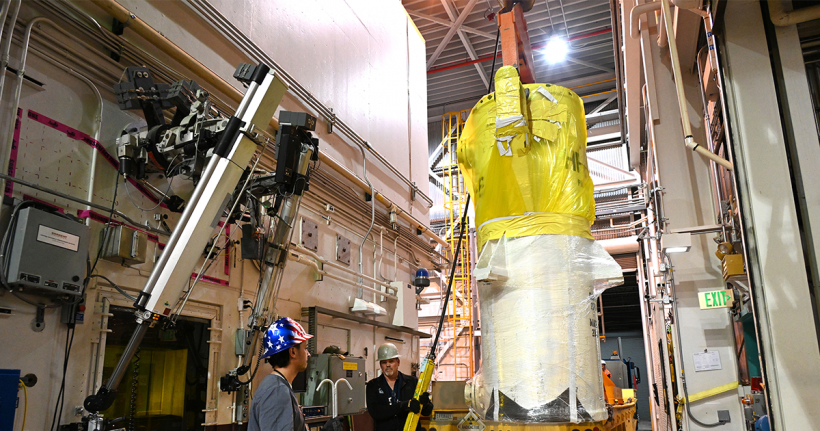The Idaho National Laboratory (INL) successfully moves spent nuclear fuel to dry storage, improving safety and preparing for eventual disposal.
The Idaho National Laboratory (INL) has announced the successful transfer of spent nuclear fuel to dry storage. The action is part of the Idaho Settlement Agreement (ISA). This milestone operation is crucial in managing spent nuclear fuel, a byproduct of nuclear power generation. At the same time, it poses environmental and safety concerns. The INL is a Department of Energy (DOE) multi-program national laboratory.
The INL is responsible for safely storing and disposing of spent nuclear fuel. It is also in charge of the research and development of nuclear energy. The laboratory is a leader in nuclear energy research. It also supports the United States energy security goals. The recent operation to transfer spent nuclear fuel to dry storage aligns with the laboratory’s commitment to ensuring safe nuclear waste management.
The transfer of spent nuclear fuel from wet storage to dry storage is a critical step in improving fuel safety. Wet storage is where the fuel is initially placed after being removed from a reactor. Wet storage involves placing the spent fuel in deep pools of water. There the fuel is cooled and provides a radiation shield. However, this method is not ideal for long-term storage. Water can corrode the fuel’s metal cladding over time, increasing the risk of radioactive material leaks. On the other hand, dry storage involves placing the fuel in robust, airtight containers called dry casks, which are then stored in secure facilities. This method provides better protection and a more stable environment for long-term storage.
Transferring spent nuclear fuel to dry storage at INL involved multiple steps, including preparing the dry storage system, loading the spent fuel into the dry storage canisters, and finally transferring the canisters to the dry storage facility. The operation required careful planning and coordination among the INL team, the DOE, and other stakeholders to ensure the safe and successful completion of the project.
The transfer of spent nuclear fuel to dry storage at INL is a crucial milestone in the broader effort to manage and eventually dispose of nuclear waste. Under the ISA, the DOE will remove all spent nuclear fuel and high-level waste from Idaho by 2035. With the successful completion of this operation, INL is now in a better position to fulfill this commitment while continuing to conduct cutting-edge research on nuclear energy.
The United States and other countries work to reduce their carbon emissions and combat climate change. For that reason, the safe management of nuclear waste is paramount. The successful operation at INL is an example of responsible waste management and highlights nuclear energy’s role in a sustainable, low-carbon future.
Link of interest: Connect the Dots on Solar Energy
Link of interest: Office of Nuclear Energy


